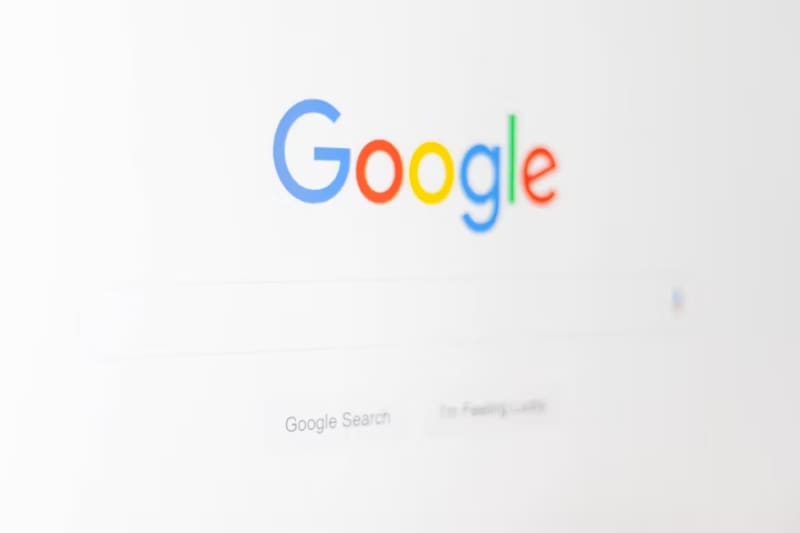There are a plethora of reasons why changing a WordPress theme might make it into one’s plans. From critical functionalities to third-party asset compatibilities, and even plain aesthetics, a wealth of WP plugins offer much-needed solutions.
However, changing a theme entails much more work than most other website modifications. Replacing a plugin or discarding a widget is simple enough, but themes are a website’s proverbial foundations. So, changing them requires preparation and careful execution – as we’ll cover in this article.
7 things to do before changing a WordPress theme
For readability and conciseness, we’ve consolidated the practices you may consider down to 7. These span across backups and testing, all the way to executing the change. As we do, we will also suggest tools that may help you across notable steps.
1 Backup
First and foremost, as with most undertakings this size, backups offer notable peace of mind – and a fallback option. There’s a reason why such WP professionals consistently emphasize backups among their services; they’re excellent safety nets.
The process of changing a WordPress theme will typically not incur serious data or code losses, but all safety nets are surely a welcome precaution. So, you may start by backing up your website database, theme files, and plugins. WordPress plugins to help with this step include:
- UpdraftPlus
- BackupBuddy
- BlogVault
- Duplicator
- VaultPress
Fortunately, many such tools will also offer additional functionalities you may find of use in later steps. A notable example comes with staging, as we’ll cover next.
2 Stage your website to test functionalities
Next, you will need a safe environment where you may test your new theme’s functionalities and experiment with web design. Thus you may opt for a staging site; a testing ground, away from public eyes and search engine crawlers.
Staging plugins you may try include:
- WP Staging
- WP Stagecoach
- All-In-One WP Migration
Notably, such backup tools as the aforementioned Duplicator and BlogVault also offer staging capabilities.
3 Mind the sidebars
At this stage, you may begin testing individual modifications, so the following few steps will focus on the testing phase. Here we begin with sidebars because WPbeginner finds they’re “probably the most user-customized area of WordPress sites”.
Since WordPress 2.2, widgets are part of WP’s core and thus require no real effort on your part. Still, to ensure your widgetized sidebars are safe, you may:
- Check if your new theme is widget-ready. Navigate to Presentation>Widgets in your administration panel. If you are presented with “no sidebars defined”, then your new theme is not widget-ready.
- Pick your widgets. Assuming it is, as most newer themes are, you may pick your widgets of choice. Here you may add new widgets as well, if your reasons for changing a WordPress theme included more functionalities.
- Add custom widget settings. Finally, remember that any custom modifications you have made to your old theme’s sidebar.php file will be overwritten. So, you will need to manually add those codes back in.
4 Keep new plugins to a minimum
As you begin to retrofit old elements and add new ones, it is crucial to ensure responsiveness and fast website loading speeds. To do so, you should ideally pick your new plugins very carefully and only settle for demonstrably cost-efficient ones.
For this step, you may consider the following:
- Does your new theme invalidate your old plugins? It is not uncommon for new themes to be more feature-rich than older ones. Consider pruning old plugins if this is the case for you, for a costless benefit to your website’s performance.
- Do new plugins offer critical functionalities your theme does not? In such cases, you have few options but to use said plugins. Still, consider alternatives; the WP plugin library offers many options for every purpose, and not all are equally resource-heavy.
- How do the benefits of each plugin measure up to performance impact? Finally, your analytics and data may dictate that you must use a plugin for a specific purpose. Still, remember to carefully gauge each plugin’s benefits and costs – and scout the plugin library for alternatives.
This final note bears stressing, as your own analytics should dictate your goals and criteria. If your audiences can bear with slightly longer loading speeds, that’s a unique factor you should consider.
5 Check for compatibilities
Next, safely committing to changing a WordPress theme requires that you check for compatibilities. The need for this stems from the simple truth that users are accessing your website from different browsers and devices. Thus, any theme shortcomings in this area will thus cost you valuable engagement, especially in the cases of mobile compatibilities. That’s because mobile traffic now constitutes more than half of all web traffic, according to Statista.
First, you may use such tools as the following to test cross-browser compatibility:
- BrowserStack
- LambdaTest
- CrossBrowserTesting
Then, you may test for mobile compatibility with such WordPress plugins as:
- MobilePress
- WPTouch
- WP Mobile Detect
7 Turn on maintenance mode and push your staging website live
Finally, once you’re confident in your new theme and have taken all the necessary actions, you may push your staging site live. However, you don’t want visitors to stumble into your website as it’s being updated. Thus, you may turn on maintenance mode to ensure a smooth transition.
Maintenance mode plugins to consider for this final step include:
- Under Construction
- Minimal Coming Soon and Maintenance Mode
- SeedProd’s Coming Soon Page & Maintenance Mode
Notably, many page builders and plugins, such as the free and open-source Elementor, also offer maintenance mode capabilities.
Conclusion
To conclude, changing a WordPress theme does require much more work than smaller-scale website modifications. However, it doesn’t have to be strenuous and time-consuming as long as you take a prudent, calculated approach. With the right tools in hand, you may follow the process painlessly and reap the benefits of your new theme.








